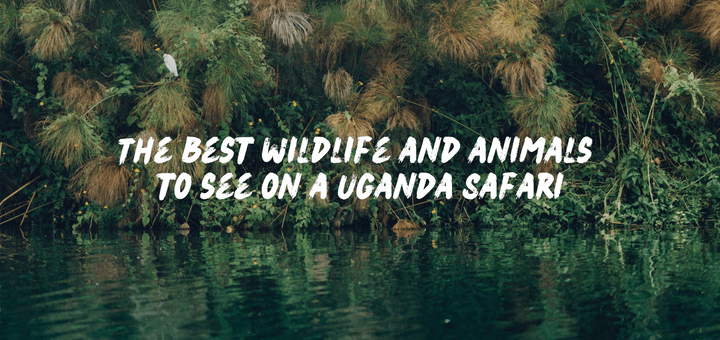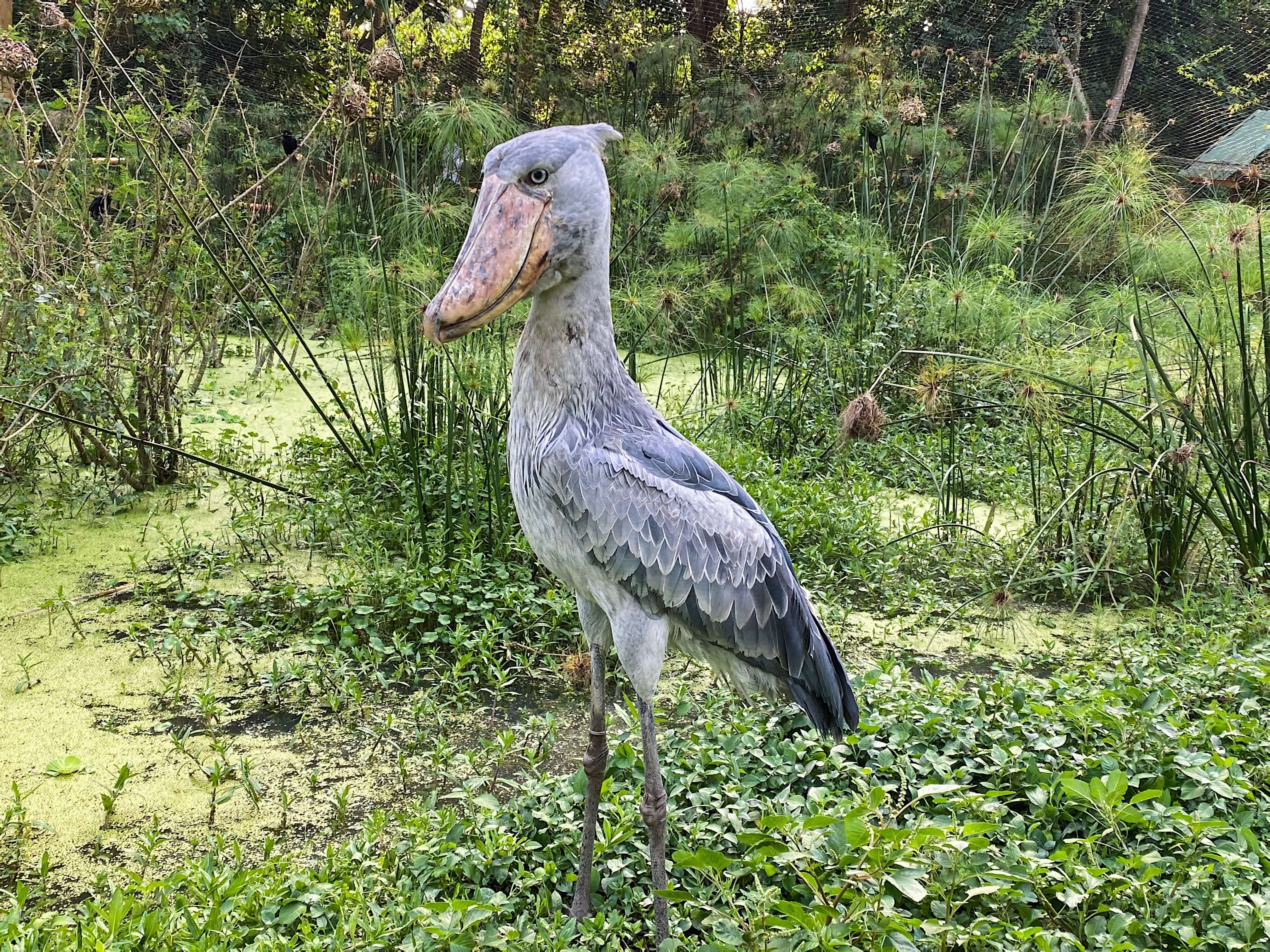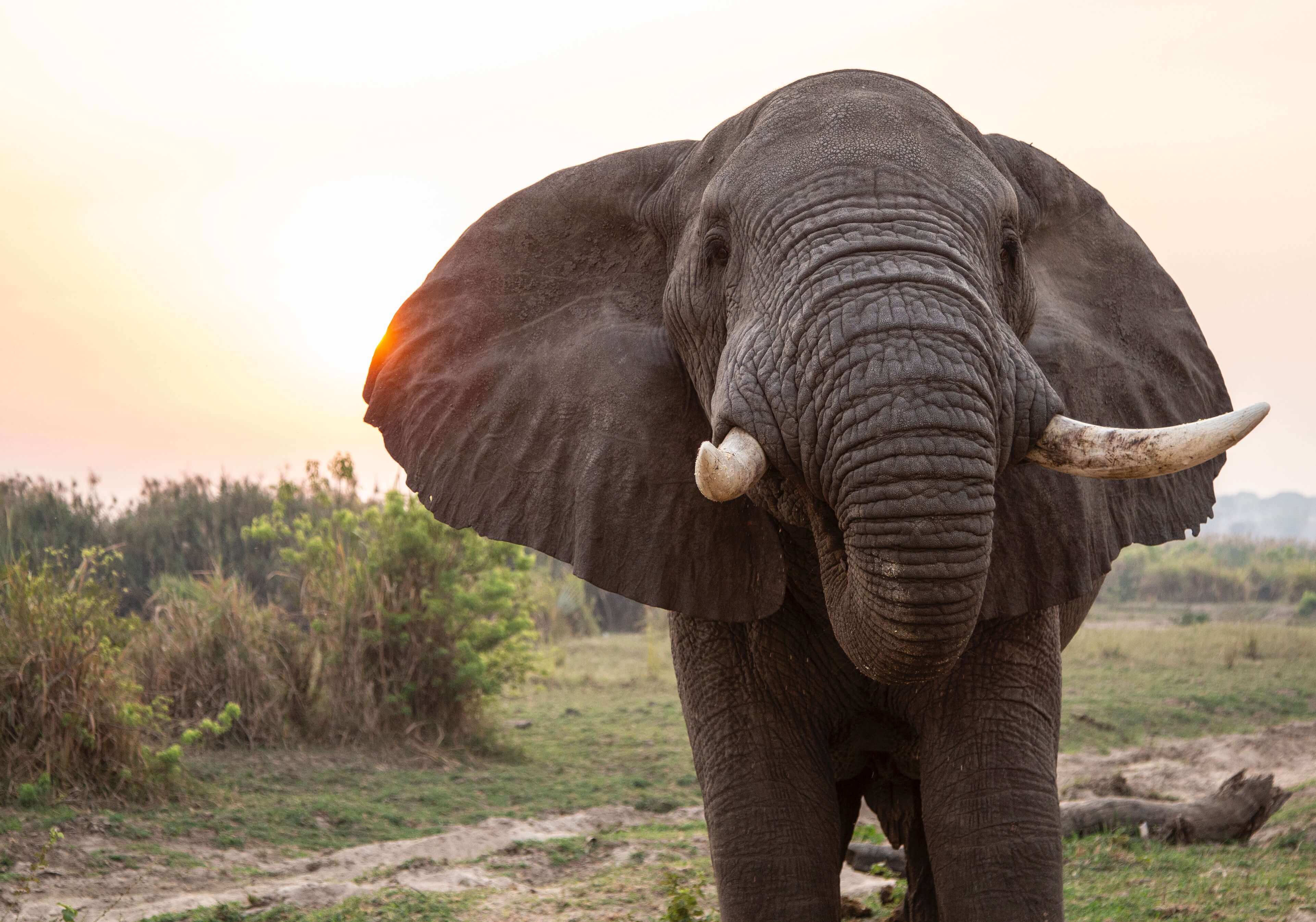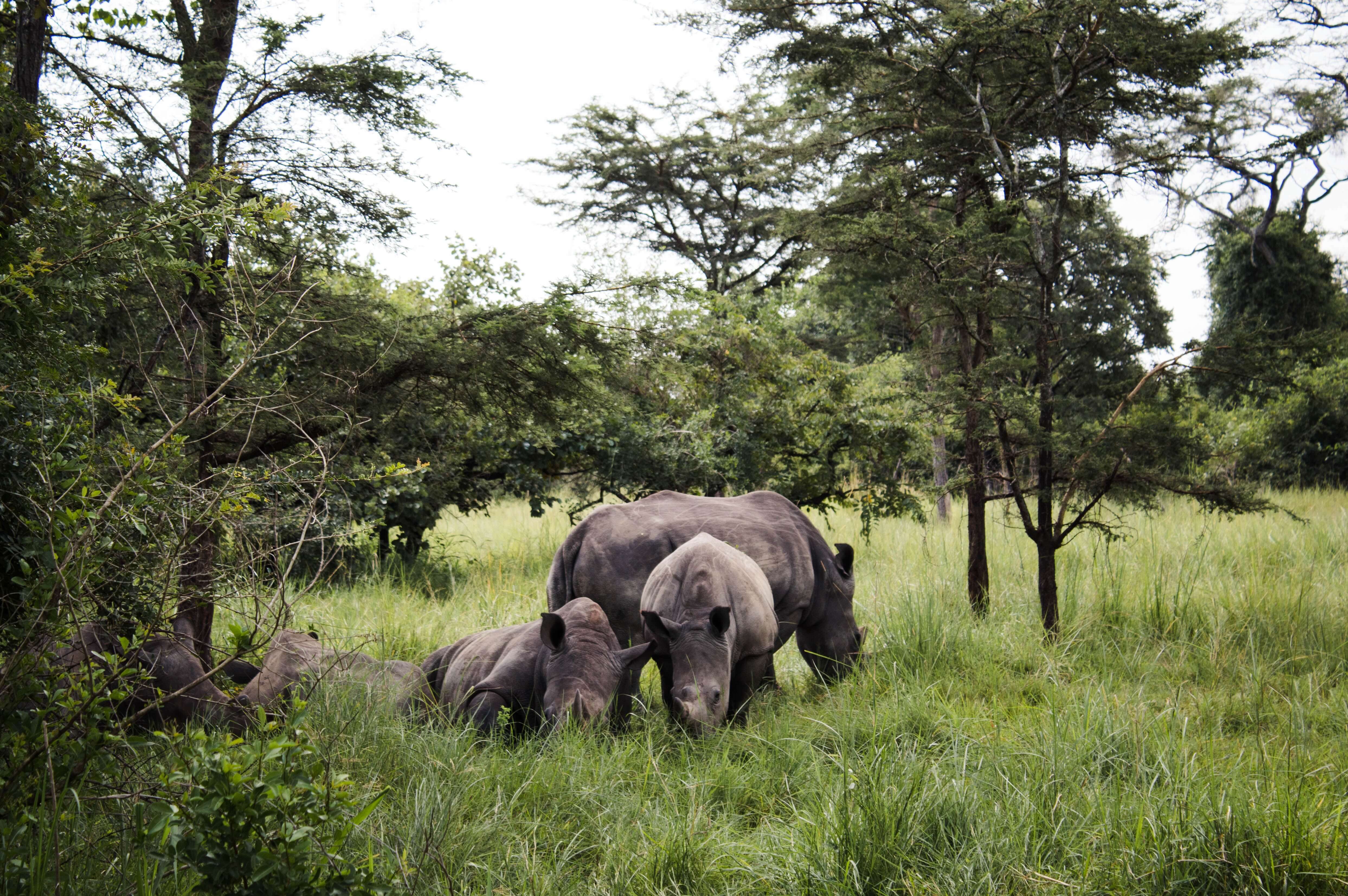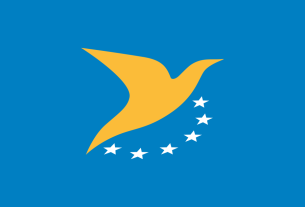|
Getting your Trinity Audio player ready...
|
A safari in Uganda offers some of the best wildlife views in Africa with a combination of mountain gorillas, chimpanzees, golden monkeys, the BIG 5, zebras the list is endless!
Well, this is your chance to get to know some of the animals that you will be able to see while on a safari to Uganda. There are so many questions that tourists normally ask like what is the most common animal in Uganda?
Where should I go to check out the different animals in Uganda? All these can easily be answered but first, you need to know the different wildlife species that are in Uganda so that you can get to know what to expect and where to find the different wildlife species.
Uganda is home to a wide range of species some of which include animals, over 1076 bird species, 342 mammals including primates, about 143 reptile species, and over 80 amphibians.
Primates in Uganda
Uganda is home to numerous primates that you can see while on your safari and the most common ones include the olive baboons, Mountain gorillas, chimpanzees, Patas, Blue monkeys, black and white colobus monkeys, golden monkeys, Red-tailed monkeys, Uganda Mangabeys, and Bush babies among others.
Mountain Gorillas
These are the largest primates in the whole world and a top tourist attraction in Uganda. Mountain Gorillas in Uganda can only be trekked in two Places and these are the Bwindi Impenetrable National Park and Mgahinga National park with Bwindi having the highest number of gorillas. Uganda is home to half the world’s gorilla population and other places where you can go for gorilla trekking are DR Congo and Rwanda in the Virunga region.
The dominant male is known as the silverback and these are generally larger than their female counterparts, they have a close DNA to humans and since they are endangered species, their interaction with humans is limited by making the gorilla trekking permit expensive and limiting the number of people that trek per day and the hours spent with them. Planning for a Uganda gorilla tour?
The Uganda wildlife Authority runs tours all year round to see gorillas in Uganda. The peak seasons covering June to September is the most competitive time of the year for gorilla permits and tourists are encouraged to book their spots early.
Monkeys In Uganda
Several monkey types are found in Uganda and the main ones that you should look out for include the following:
Golden monkey trekking: golden monkeys are endangered species that can only be found in the Mgahinga National Park in Uganda. They have a golden coat which makes them distinct from other monkeys, they feed on bamboo shoots and keep on migrating to an area that has bamboo shoots.
They live in groups of 100 and are scientifically known as the Cercopithecus Kandti.
Vervet monkeys: these are light grey monkeys and one of the most commonly seen monkeys in the country. Vervet monkeys can be seen in the different National Parks around the country and the only way that you can recognize them is by their blue balls and black faces and the monkeys can even be seen outside the forests when you are lucky.
Colobus monkeys: there are several colobus monkeys that are found in Uganda and these are the Uganda Red colobus which is greyish and an extremely large monkey with a black face and rust red cap. The red colobus monkey can be seen in the Bigodi wetland sanctuary, Kibaale National Park, and Semuliki National Park. The black and white colobus monkeys have a long tail, beard and white fluffy tail and they can be seen in the different National parks in the country.
Chimpanzees: These are the second-best primates to see while on a safari to Uganda and although they have a resemblance to the chimpanzees however note that the chimps are smaller than mountain gorillas. Chimpanzee trekking in Uganda is mainly done in Kibaale National Park but it can also be done in Queen Elizabeth National Park. Kibaale National Park has over 1500 chimpanzees and tourists need to get a chimpanzee trekking permit to be allowed to go for chimpanzee trekking.
Birds in Uganda
Uganda has over 1076 bird species and the bird species that you should look out for include the Rwenzori Turaco, collared Apalis, Fox’s weaver, short-tailed warbler, Handsome Francolin, blue-headed sunbird, African Green Broadbill, Rwenzori Nightjar, Red-throated Alethe, Red-faced woodland warbler, Regal sunbird, Archer’s Robin-chat, Rwenzori Batis, Dwarf Honeyguide, Mountain Masked Apalis, yellow-eyed Black flycatcher, Chapin’s flycatcher, Regal sunbird, strange weaver, Shelley’s crimson-wing, strange weaver, Kivu Ground Thrush, stripe-breasted Tit, Dusky crimson wing, purple-breasted sunbird, and Grauer’s warbler, the Short-tailed Warbler, the Green-breasted Pitta, Doherty’s Bushshrike, African green Broadbill, Standard-winged Nightjar, The Bar-tailed Trogon, The Black-breasted Barbet, Shoebill and Shelley’s crimson-wing among others.
Birding in Uganda is carried out in Queen Elizabeth National Park which has the highest recorded number of bird species at 612, Semuliki Park Murchison Falls, Kidepo Valley National Park with over 400 bird species, and Mgahinga National Park among others.
Reptiles in Uganda
The Nile crocodile: these can be found in the different parts of the country which have conducive water bodies. They are carnivores and mainly feed on birds, animals, other mammals, fish, and reptiles as well. Crocodiles are known to be cold-blooded animals and are always seen resting in the sun to keep warm and the best way to view the crocodiles is by taking a boat cruise.
Other reptiles that are found in Uganda include the Nile monitor lizards which are found in Queen Elizabeth National Park and the African python which can be seen in Maragambo forest which is found in Queen Elizabeth National Park.
Herbivores in Uganda
The herbivores that are found in the different National Parks and the main ones include the following:
African elephant: this is the largest animal in Africa with huge tasks. The elephant can live up to 70 years and the beauty of visiting Uganda is that both the African Savana elephant and the forest elephants can be seen while on game drives.
The African elephant is known to be gentle and you can easily approach it you should however try to look out for it when it is agitated because it might attack and signs of agitation include flapping ears and a raised trunk.
The elephant is spread out across the different National Parks and these include the Kidepo Valley National park, Murchison Falls National Park, and Queen Elizabeth National Park.
Hippos: mostly found along and in water bodies, the Hippopotamus weighs between 13000 and 26000 kilograms making it one of the largest animals in the country. Hippos are extremely dangerous animals and tourists are advised not to get close to them since they are unpredictable and extremely aggressive. Its close relatives are whales and dolphins even though they can live on land for a short while.
Hippos can breathe underwater for about 12 minutes and they submerge themselves until the only thing that is seen are the eyes and sometimes nothing at all.
Buffalos: the African buffalo also known as the African buffalo is part of the big five and one of the most sought after animals by tourists. The buffalo just like Hippos is unpredictable and considered to be dangerous and tourists are told to stay out of its way. Its strength is also one of the main reasons as to why it has few predators overpowering it.
The male buffalo is dominant and the animals live in herds of 100. These can easily be seen in Lake Mburo, Queen Elizabeth, Murchison Falls, and Kidepo valley National Park.
Antelopes: there are over 29 antelope species found in Uganda and these include both small and large antelopes. Many of the antelope species can easily be identified because of their long slender legs and unique horns and can be found in savannah plains, forests and other habitable areas.
The commonest antelope species in Uganda include the Uganda Kob, Topi, Situnga, Jackson’s Hartebeest, Impala, common eland, Defassa waterbuck, Oribi, Rwenzori Duiker, Black-fronted Duiker, Bohor Reedbuck, and Klipspringer, Lesser and greater Kudu, Mountain Reedbuck and water chevrotain among others.
White and black Rhinos: the white Rhino also known as the southern white Rhino is one of the big five and one of the two Rhinos that are found in Africa with the other species being the black Rhino. Due to constant poaching in the country, the black Rhino became extinct and it is only recently that the government re-introduced the white Rhino into the Ziwa Rhino sanctuary. You can join other tourists in the country in checking out these herbivores and tack them down on foot with the help of an experienced tour guide.
Carnivores animals
Uganda has over 38 carnivore species and these include both large and small carnivores. Carnivores in Uganda attract a large crowd of tourists and can be found in the National parks spread across the country. The main carnivores that are found in Uganda include the following:
African civet: the African civet can be found in most of the National Parks in the country. they are mainly seen at night and have a black colour over their small eyes, two bands that is black over the neck, have fur that is coarse and this comes in different colours like red, cream, white or yellow on its back. They have a pointed nuzzle, and rounded ears, with a weight of about 7 to 20kgs, and they are known as the Civettictis Civetta. Night game drives will give you a chance to see the civet in its full glory.
Lions: lions belong to the cat family and are the largest cats in the jungle. Known as the King of the Jungle, lions live in groups of 10 to 30 and can feed on anything that they can hunt except the Hyenas. They are part of the big five and a top tourist attraction in the country. lions in Uganda can be seen in the different parts of Uganda in Parks like Kidepo National Park, in Ishasha sector found in Queen Elizabeth National Park (these are known as climbing lions since they are always seen lazing around in the trees) and Murchison Falls National Park.
Bat-eared fox: commonly seen in Kidepo valley National Park, the bat-eared fox has extremely large ears that can be seen from a distance and weigh about 5 to 9 kilograms. It is also known as the Otocyon Megalotis with grey /black patterns and has been declared endangered. The bat-eared fox normally lives in arid or semi-arid areas, the ears can reach a height of 13cm, and live in groups of three to six.
Cheetahs: the cheetah being the fastest animal in the whole world is scientifically called Acinonyx Jubatus and weighs about 50 to 70kgs. Cheetahs prefer to stay in open savannah grasslands and the best place to see them in Uganda is the Kidepo Valley National Park which is found in the North-eastern part of Uganda. They have long legs, small heads, a black line below each eye and solid round spots that separate them from the Leopards. They are rarely seen but seeing a cheetah hunt is one of the most exciting experiences on your Uganda wildlife safari.
African golden cat: the African golden cat is a nocturnal animal and is rarely seen during day game drives in Uganda. Scientifically known as Caracal aurata, they are mainly found in the western part of Uganda and weigh 6 to 68 kilograms. Their fur varies in colour with some having a dark slaty colour or reddish brown colour. The spots that they have also vary depending on the cat with some having spots on their belly, inner legs and other parts of their body and these are black.
Banded Mongoose: the banded Mongoose lives in communities of about 40 and lives in burrows. They are also known as the Mungos Mungo and weigh about 5kgs, with a nose that varies from orange-red to gray-brown. They are small in nature tails, small ears, short limbs, and a large head. They can mainly be seen in Queen Elizabeth National Park. Other Mongoose species that are found in Uganda include the Egyptian mongoose, slender mongoose and Marsh Mongoose.
Serval: the Serval is one of the most difficult animals to see while on a safari to Uganda and the best time to see these is either early in the morning or the evening. They are medium-sized animals that belong to the cat family with spots, no ear tuffs, and long legs as compared to other cats. They have short tails, weigh between 8 to 28kgs, and are scientifically known as the Laptailurus Serval.
Genets: Genets almost look like African civets and the only way you can tell them apart is that the Genets have a pointed muzzle, large ears, extremely slender, spotted coats, very long tails, and claws that are part retractile. Several Genet species are spread all over the country and these include the small spotted genet, the large spotted genet, and the servaline genet.
Leopards: a leopard is a lone animal that weighs about 30 to 90kgs and is scientifically called the Panthera Pardus. When hunting, the leopard blends in with its environment so that it can attack its prey easily. They have spots that are not as solid as those of a cheetah, long curly tails, and are best seen in Lake Mburo National Park which has the largest concentration, Queen Elizabeth National Park and Kidepo Valley National Park. Note that leopards are best seen during night game drives.
Side-striped Jackal: scientifically known as the Canis Adutus, the side-striped jackal weighs about 8 to 10kgs and has a light-coloured almost grey stripe that can be seen at close range. The difference between the black-backed jackal and the side-striped Jackal is that the Side-stripped has an owl-like shout when communicating to the rest of the herd. Chances are high that you will be able to see it in Queen Elizabeth National park, Murchison Falls National park, Lake Mburo National, Park and Kidepo Valley National Park.
Caracal: the caracal belongs to the cat family and has large, sharply pointed ears, weighs 10 to 15kgs, has a reddish gold coat and a white chin and underside which makes them easy to spot. They are known to be good hunters and can fly up to about 16 feet just to get to their prey. They are mainly found in areas with dry savannah and the best place to see them is Kidepo Valley National Park.
Otters: scientifically known as the Mustelidde, otters are small animals that live in water with short limbs and extremely long bodies that are slim. The limbs especially the feet are webbed and this helps them Different Otter species that are found in Uganda include the cape clawless otter, spotted necked otters and clawless otter. These can easily be seen on a safari to Lake Bunyonyi and Lake Mburo.
Spotted Hyenas: scientifically known as Crocuta Crocuta, spotted hyenas have been portrayed in different movies that we see as lazy, ugly, their laugh irritating, and dirty among other things and these impressions have stayed with tourists who haven’t seen them face to face.
The truth is they are vicious animals but they are good to the ecosystem since they are natural recyclers of all the carcasses found in the National Parks. The Spotted hyenas which weigh between 40 to 80kgs can easily be seen while on a safari in Lake Mburo National Park, Queen Elizabeth National Park, Kidepo Valley National Park, and Murchison Falls National Park.
African Honey Badger: also known as the Ratel, the African Honey Badger is known to be one of the most fearless predators in the jungle. They got their name because of the way they eat honey straight from the beehives of the African bees and can take on anything for as long as they are hungry.
The easiest way to know that you are looking at the Honey Badger is by knowing that they have a white stripe that runs from the head to the tail, short, sturdy legs, claws that are 40mm in length, have a black coat that has a distinctive grey mantle. Note that the colour of the band and the coat differ for different Honey badgers and their sturdy feet gives them a lot of Stamina to keep chasing their prey until they get it.
Black-backed Jackal: Black-backed jackals look like dogs and it gets their name from the hump/saddle that is found on their back. They are scientifically known as the Canis Mesomelas, weighing between 8 to 10 kilograms with canine teeth that are used to hunt smaller animals and they also have long legs.
The black-backed jackal is also extremely loud and it makes noise as a way of communicating with others in the evening hours. They keep wailing until they get answers and you will end up with choruses of black-backed jackal wailing. The best place for tourists to see the Black-backed Jackal is in Pian Upe wildlife Reserve and Kidepo Valley National Park.
The wildlife in Uganda can be seen all year round due to the good tropical weather that is experienced all year round and in case you are interested in viewing the animals and wildlife in Uganda, get in touch with us so that we can help you tailor a safari that suits your need.
